400,000km Australian Tesla Model 3 goes viral with 90% health remaining on its original battery
A Western Australia 2021 Tesla Model 3 has clocked up a remarkable 410,000km using its original battery and motor.
The Standard Plus EV, used for Uber ridesharing, still has a calculated battery SOH (State of Health) between 88 and 90 per cent according to Port Kennedy electric vehicle specialist, EV Workz.
The 60kWh Model 3 RWD with lithium iron phosphate (LFP) battery was in the EV Workz workshop to diagnose a judder, and during this visit the car’s data was extrapolated.
READ MORE: VW ID.3 drops just 13km in range over 160,000km driving.
READ MORE: Tech lesson: Do EV batteries wear out?
READ MORE: Lexus promises 10-year/one million kilometre battery warranty
The Tesla’s owner gave permission for the Battery Management System (BMS) data to be shared.
EV Workz’s Edi Gutmanis duly did so on Facebook on August 8th, posting details on the Electric Vehicles For Australia page.
In a matter of days, Gutmanis reckons over a million people have seen the post after it went viral.
“It’s hard to track the total number of views, but it’s been shared all around the world, including just about every European country,” he said. “I don’t know how it gets out there, but on Electric Vehicles For Australia it already has almost 3000 likes and hundreds of comments.”
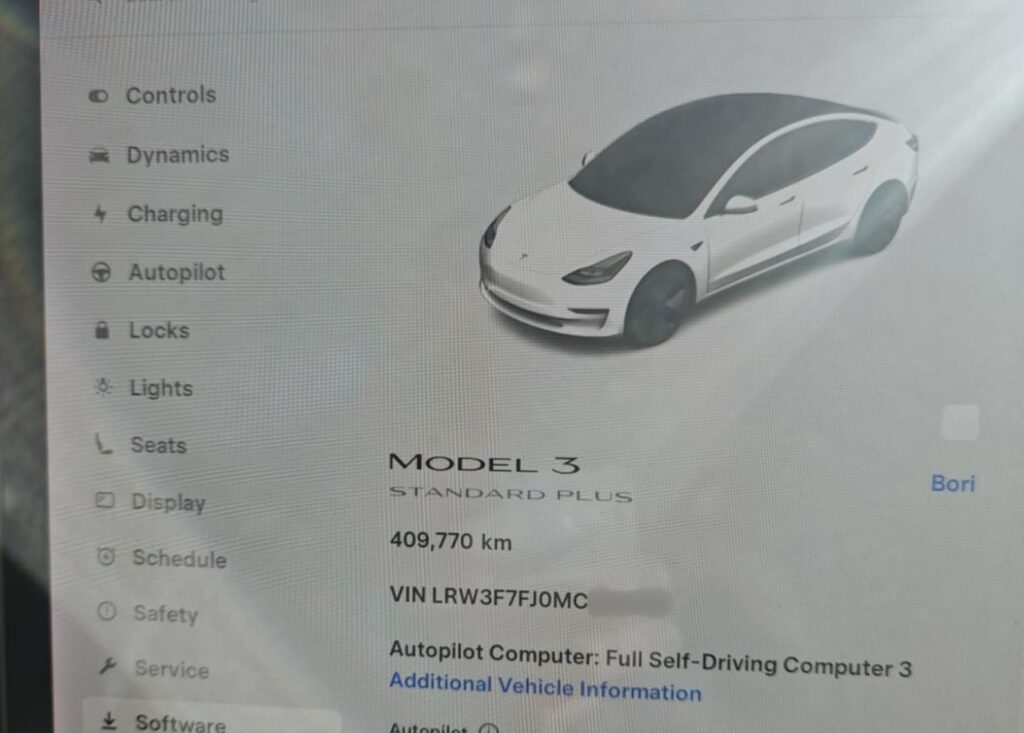
Seemingly, a Tesla suffering only 10-12 per cent battery degradation after so many kilometres was the good news story many EV watchers enjoyed heading into the weekend.
Another reason for the post’s popularity was Gutmanis sharing the Model 3’s statistics, then doing some maths to show the estimated money the Uber driver had saved using an EV over an ICE car.
The calculated battery SOH of 88-90 per cent followed the Model 3’s log revealing DC fast charging had been used for 15,556kWh or 29 per cent of the total; while AC charging accounted for 38,012kWh, or 71 per cent of the total.
Gutmanis’ maths showed if a petrol car travelled 410,000km at 7L/100km, the fuel cost would be just shy of $50,000 with unleaded priced at $1.70.
Calculating the approximate cost of charging the Model 3, Gutmanis suggested DC fast charging at $0.60 and AC slow charging at $0.30 would total $20,737.
However, when using WA’s EV tariff, the AC charging cost drops to $0.09, meaning our Uber driver may have paid roughly $13,000 for his 410,000km of charges. That’s an approximate $37,000 refuelling saving over our 7L/100km ICE vehicle.
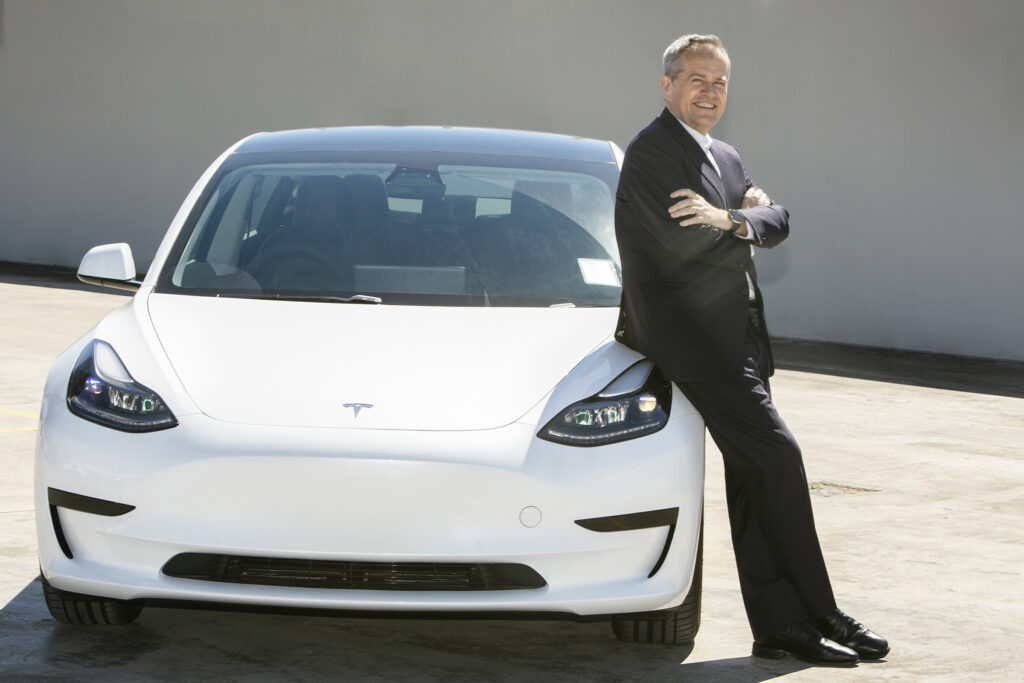
“And this is not taking into account the ICE vehicle’s servicing, repairs, brakes, EGRs, DPFs, injectors and other oily bits,” Gutmanis reminded us.
Of course EVs still have some consumables and service costs to take into account, and a reason the Uber driver went to EV Workz was after the local Tesla dealer presented a “hefty repair estimate over the app without seeing the vehicle,” said Gutmanis of the Model 3’s judder complaint.
With the Tesla on the hoist (to do diagnostics the old-school way), Gutmanis said it was immediately obvious the car had extensively worn motor mounts, causing the judders.
After seven hours labour and around $130 for new bushes “we can confirm the car drives just as good as on the first day out of the dealership,” said Gutmanis.
Owning a business that performs EV conversions to classics like VW Kombis and newer models like 79 Series Toyota LandCruisers, Gutmanis said such minimal battery degradation after 410,000km didn’t particularly surprise him.

“We expect this sort of longevity with EV batteries, but we’ve not seen any driven this distance. After all, we’ve only had the Tesla Model 3 for roughly five years, and many aren’t driven more than 15,000km per year.”
Other EV owners commenting on the EV Workz post suggested they were also seeing very little battery degradation in their vehicles, even after over 100,000km travelled.
There’s a German-registered Tesla Model S with almost 2 million kilometres showing, but it’s apparently on its 14th electric motor and fourth battery.
Last year, a Tesla Model S used as an airport taxi in the UK reported reaching 430,000 miles (692,000km) on its original battery, while suffering a range loss of 65 miles (105km).

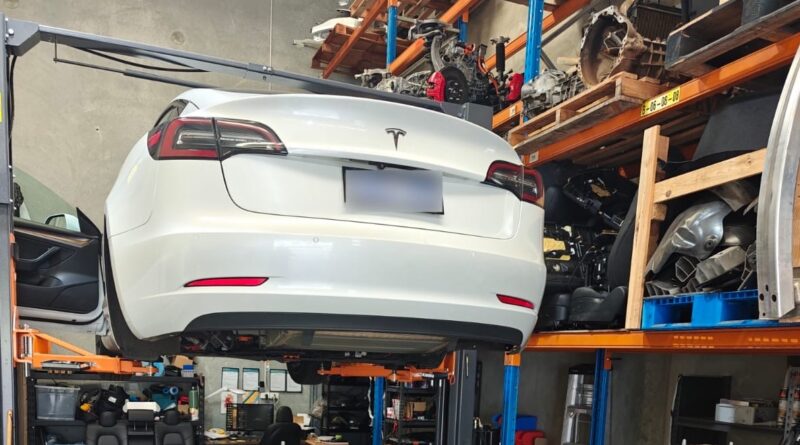
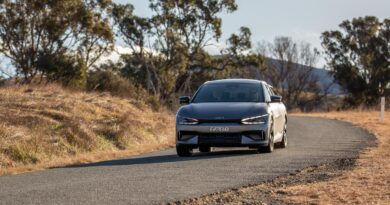

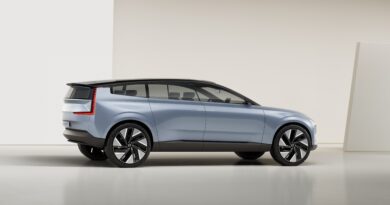
Yeah my 3 SR+ has 305,000kms on it and has lost 10% too.
Cracking car
88-90 calculation that may or may not be correct
Well that’s what the expert says. Why wouldn’t you accept that? Probably for the same reasons some people don’t accept the science of anthropogenic climate change.
What expert said what?
Righto Jenny. 😂
Considering Battery tech is barely out of its infancy these kinds of results make the vast amount of anti Ev sentiment look more moronic every day. And those same ppl will just fall silent and act like they thought it was going to happen all along at some point. Now we just need to quit the luxury Ev only stupidity and start making ones so affordable nobody can justify buying anything else.
Does Tesla inflate the driven km ? I’ve heard there is a class action suit about it .
I don’t think so… my Tesla has a GPS tracker on it to keep track of how many kilometers I traveled each week and it matches the kms on the Tesla
You heard wrong. Voices everywhere.